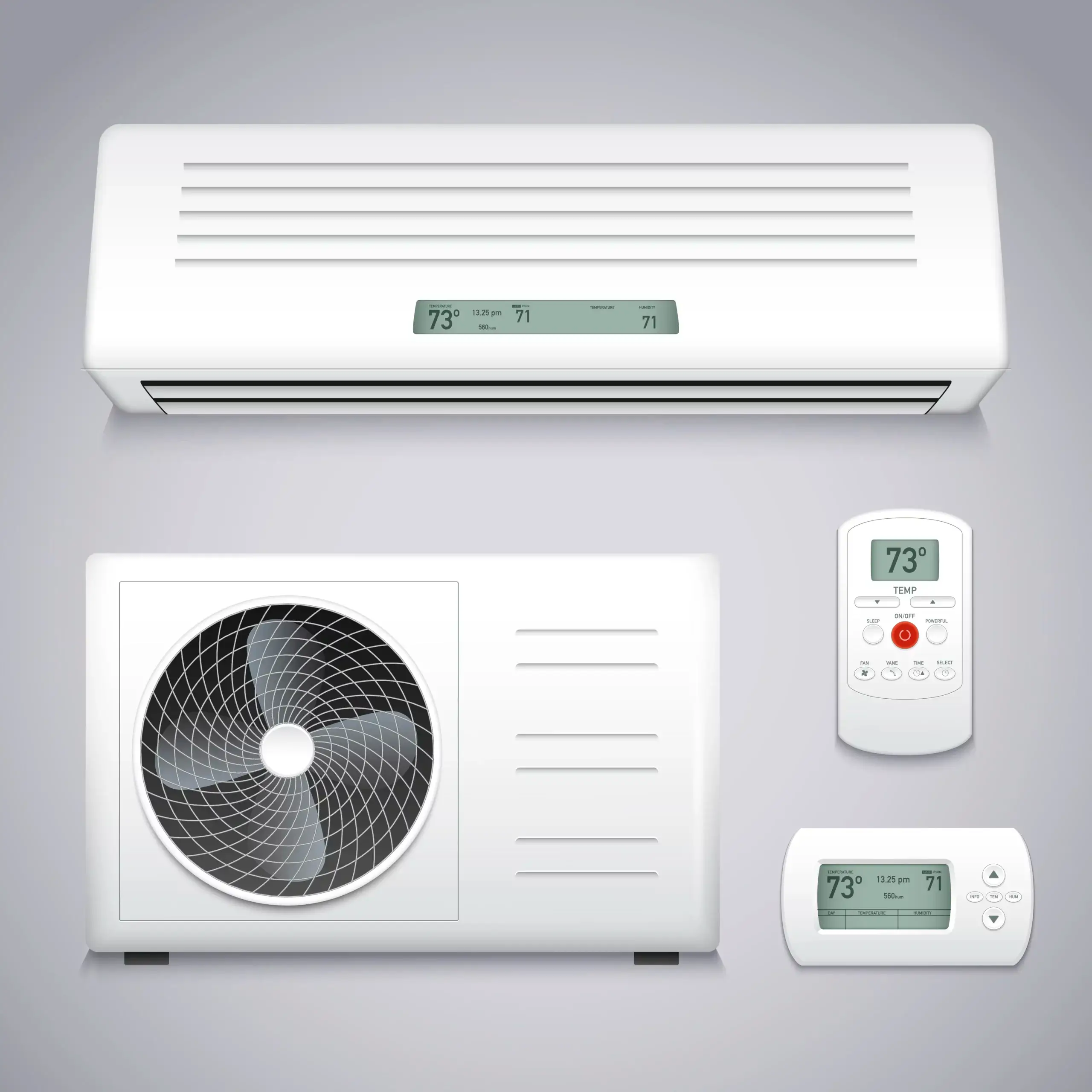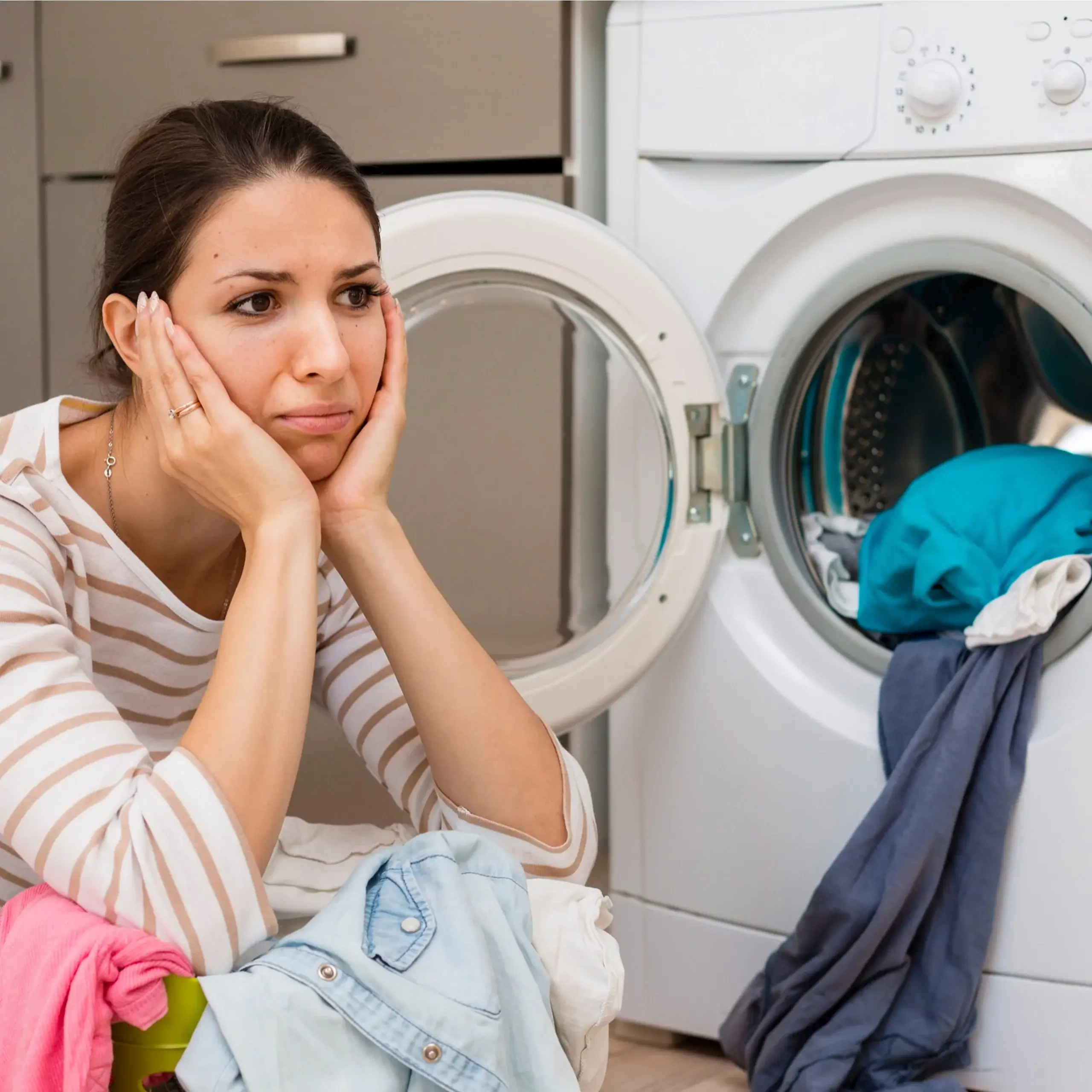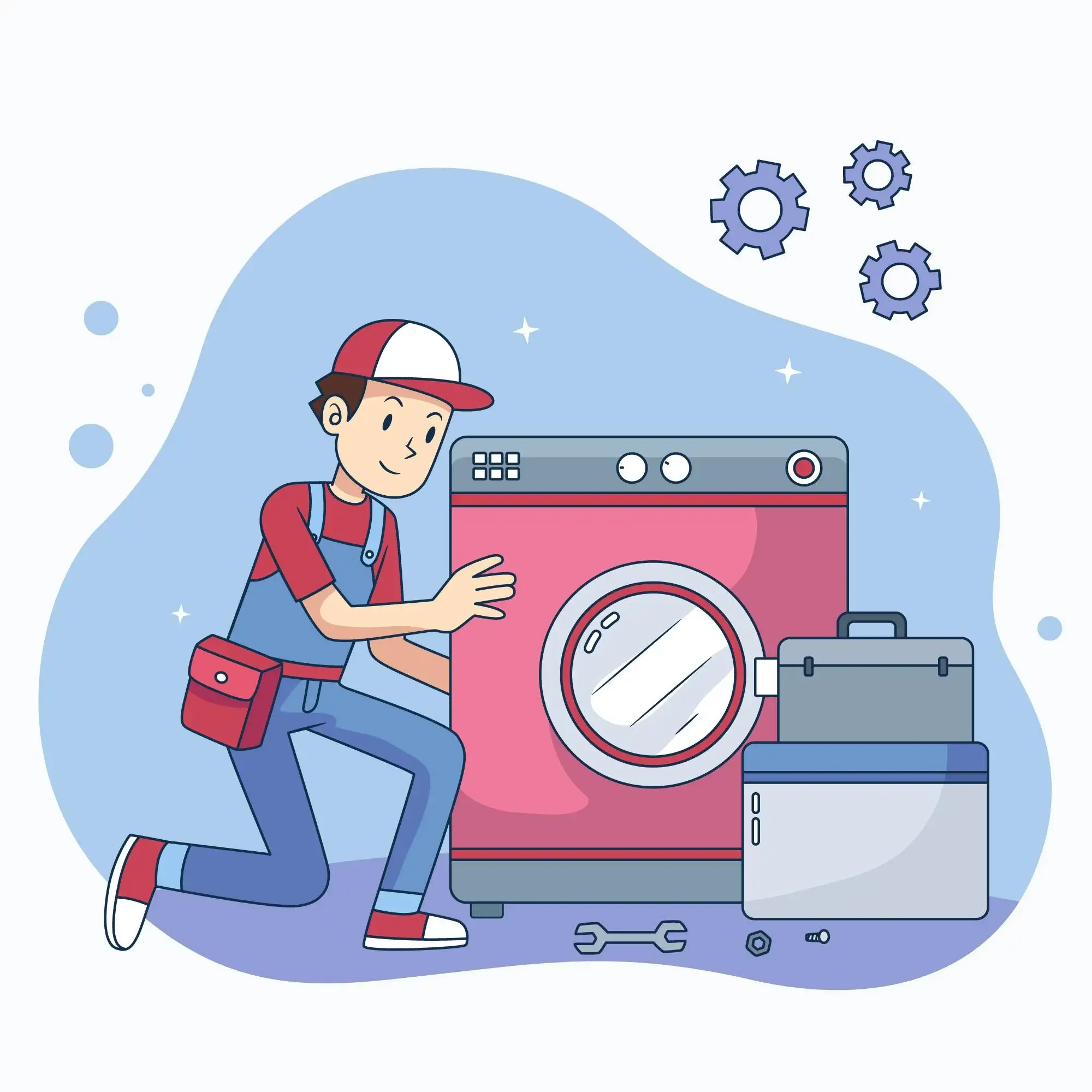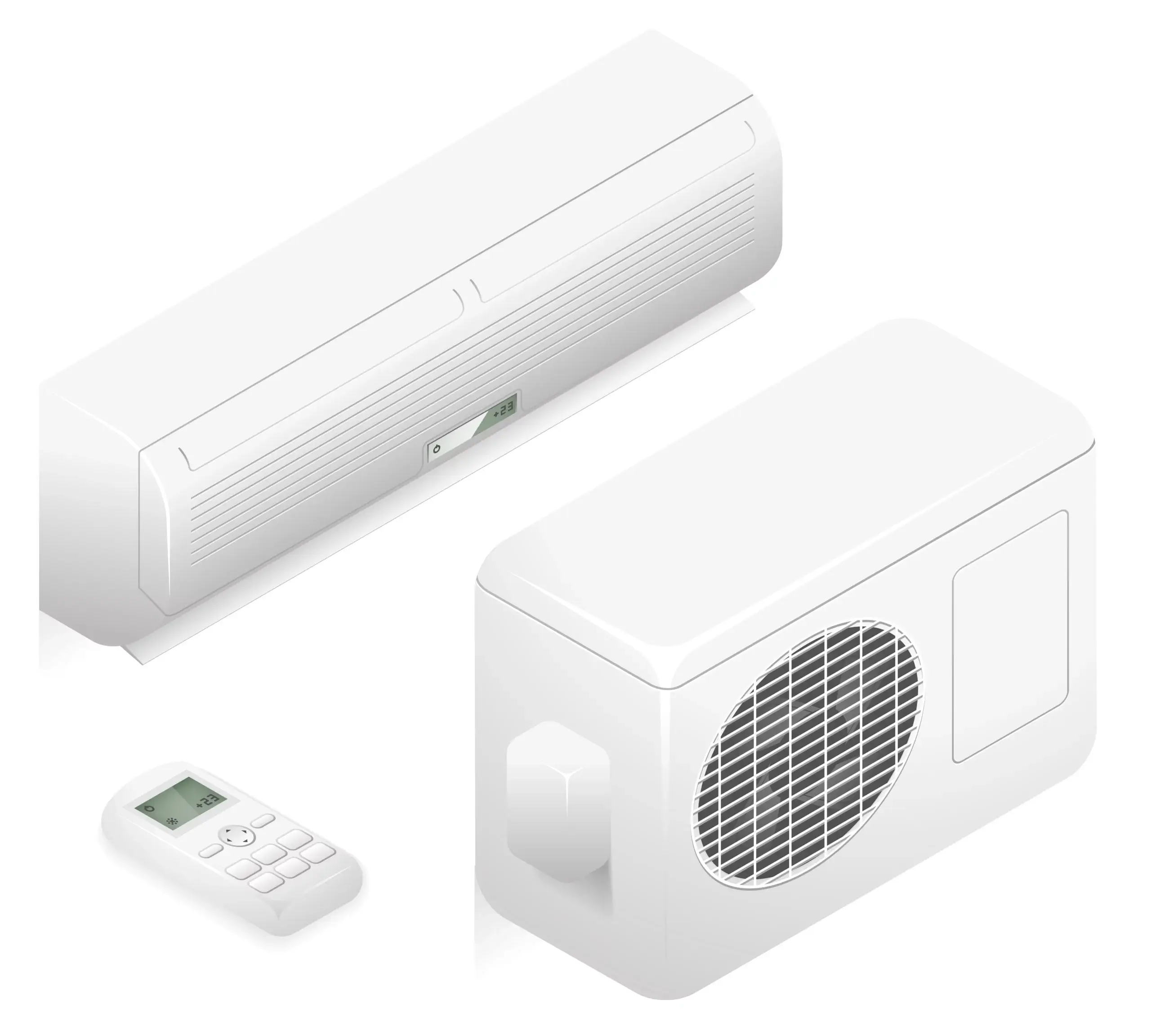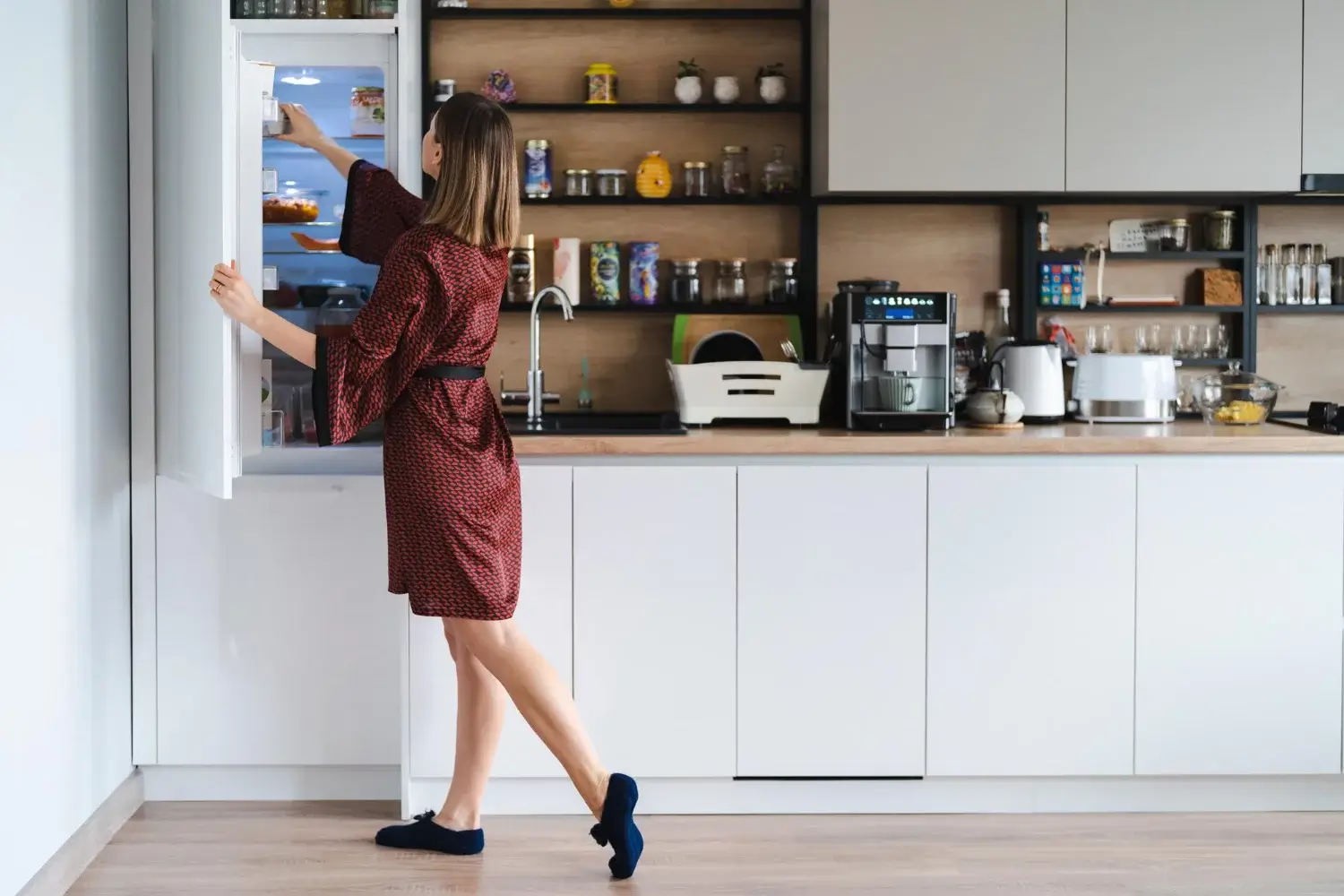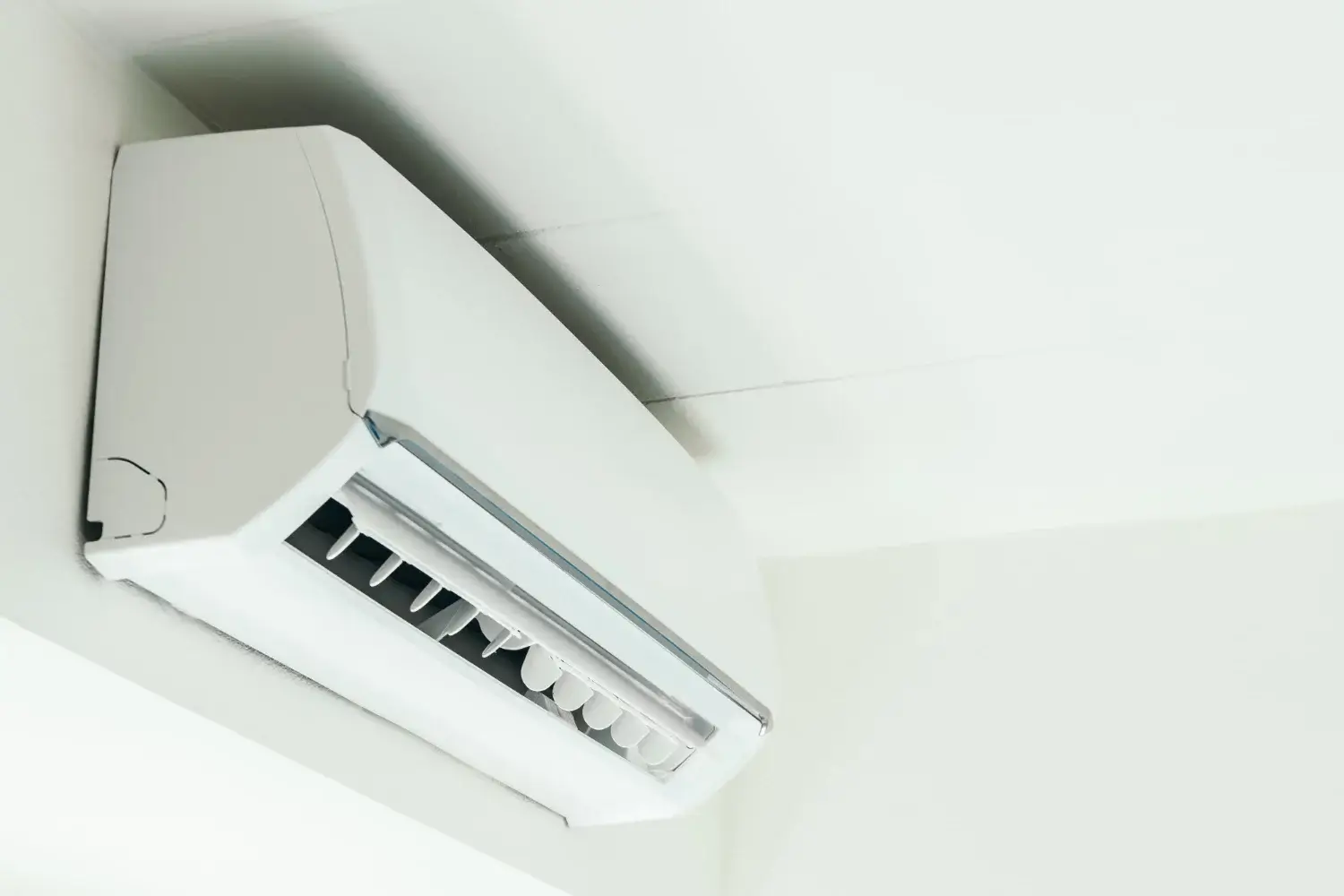Washing machines have become an essential part of our daily lives, revolutionizing how we do laundry. However, like any electrical appliance, they can be susceptible to various external factors. One such factor is low voltage. In this blog, we will explore how low voltage can affect washing machines and provide valuable insights on mitigating potential risks.
Understanding Low Voltage:
Low voltage is when the electrical supply falls below the standard voltage required for appliances to operate optimally. This can occur due to issues in the power grid, long-distance power transmission, or heavy electricity usage during peak hours. In such cases, the voltage supplied to your home may drop, affecting the performance of electrical devices.
Impact on Washing Machines:
Low voltage can have several adverse effects on washing machines, including:
Insufficient Operation: When the voltage drops, washing machines may struggle to function correctly. The motor might not receive enough power, resulting in slower rotations and decreased performance.
Extended Wash Cycle: With reduced voltage, the washing machine’s internal timer and control functions can be disrupted, leading to longer wash cycles. This not only wastes time but also increases energy consumption.
Incomplete Washing: Low voltage may cause insufficient water intake, resulting in poor cleaning quality. Additionally, a lower voltage can affect the heating element, resulting in inadequate water temperature for effective stain removal.
Potential Damage: Consistently running a washing machine on low voltage can strain the motor and other vital components. Over time, this strain can lead to premature wear and tear, reducing the overall lifespan of the appliance.
Mitigating Risks:
While low voltage can pose challenges, there are steps you can take to mitigate its impact on your washing machine:
Stabilize Voltage: Consider investing in a voltage stabilizer or an uninterruptible power supply (UPS) to regulate the voltage supplied to your washing machine. These devices can ensure a consistent and optimal voltage level, safeguarding your appliance.
Time Your Usage: Avoid peak hours of electricity usage when the voltage is more likely to drop. Schedule your laundry cycles during periods of low demand to minimize the risk of encountering low voltage issues.
Regular Maintenance: Perform routine maintenance checks on your washing machine. Clean the filters, inspect the power cords, and ensure proper grounding to minimize the risk of electrical issues caused by low voltage.
Professional Assistance: If you frequently experience low voltage issues, consult an electrician or contact your utility provider to assess and address the underlying causes. They can provide expert advice and solutions tailored to your specific situation.
Low voltage can indeed affect the performance and longevity of washing machines. By understanding the potential risks and implementing the suggested measures, you can protect your appliance from the adverse effects of low voltage. Remember to stay proactive, prioritize maintenance, and seek professional assistance when needed. With proper care, your washing machine can continue to deliver efficient and effective laundry results for years to come, regardless of voltage fluctuations.
Image by vectorjuice on Freepik


